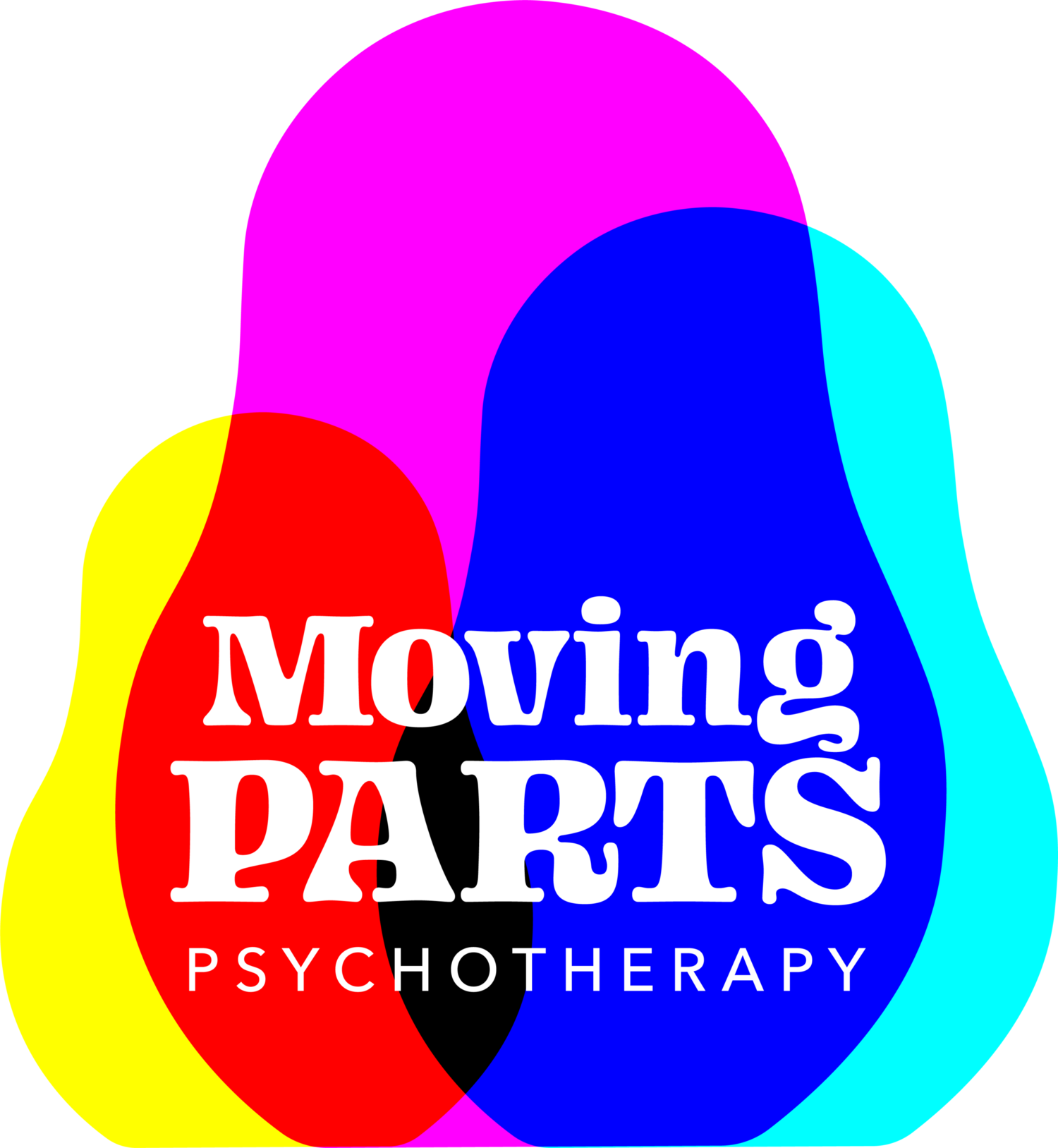It takes 10 sessions to feel safe in therapy
According to Stephen Porges, it takes about 10 sessions to experience a felt sense of safety in the therapy room. 10 sessions before our nervous system can move toward calm. 10 sessions before our conscious and subconscious can meet in unity. 10 sessions before we’re truly ready to enter in to the depths. 10 sessions before our nervous system can begin to find an equilibrium. 10 sessions before we can take in the safety our therapist may be offering. 10 sessions before we can begin unfolding.
Many theorists suggest it takes 10 sessions to complete therapy. When we’ve learned the world is not a safe place, when we haven’t had the assurance of others meeting our needs, we are more vigilant in assessing for safety. The foundation for trauma therapy begins with building safety. We can’t enter in to the deeper work without it.
In trauma therapy, we are trying to offer our people the opposite experience of when the trauma took place. To bring the experience to mind while being able to touch in to a sense of safety. If we bring a traumatic experience to mind while safety is not being offered or felt, we run the risk of retraumatization, or experiencing a new relational wound.
There can be both relief and grief in recognizing therapy must move slowly. We often look toward therapy when in crisis or close to it. Slowing down might feel like it brings you farther from healing. The relief might be felt in recognizing you won’t be pushed farther than what you’re ready for. In recognizing there is time to build safety—perhaps something that feels foreign. As therapists, we move at the pace of the person in front of us and sometimes it’s our job to slow it down, to check in, to assure what is unfolding feels okay or manageable.
Safety isn’t someplace we come to, it’s a constant assessment. It’s the agreement to continuously assess and then adapt to what is needed. To know it is the nervous system that determines safety, rather than our conscious brain. It is the body that alerts us to threat and danger, that tries to protect us.
We come to therapy knowing we may enter in to vulnerable territory. We come to therapy knowing we may touch in to pieces of our past we haven’t before. Knowing we may experience the new and different. This means we likely don’t enter with an embodied sense of safety, it’s something that must be built. It’s something we learn to take in with the continuous offering.
It takes 10 sessions to feel safety in the therapy room, what might help you build that safety? What might you need from your therapist? What does it feel like when you take it in?
Remember to pause and acknowledge it, to allow your system time to learn and adjust to the new experience.

